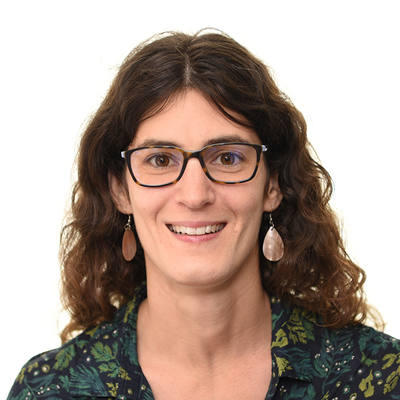
Dr Joana Isabel Meier
Royal Society University Research Fellow and Group Leader
I am an evolutionary biologist and I am excited by the powerful opportunities genome sequencing provides to explore how biodiversity evolves and why some lineages diversify exceptionally fast. As part of the Tree of Life Programme, we are able to assemble genomes at an unprecedented scale. This allows us to answer long-standing questions on the roles of chromosomal rearrangements, gene exchange through interbreeding and the genetic architecture of key traits. As part of this I lead Project Psyche – sequencing European Lepidoptera, together with Charlotte Wright and Mark Blaxter. I also contribute to the Darwin Tree of Life Project.
Main main research interests are to find out why biodiversity is so unevenly distributed across the tree of life. Most lineages evolve new species at a slow pace of one species per multiple million years, whereas much of biodiversity is thought to have evolved through bursts of diversification in a few lineages. Often these bursts represent adaptive radiations, where a lineage diversifies into many species adapted to different ecological niches. It remains enigmatic why some lineages are prone to such radiations, whereas others never do so. In my work on cichlid fishes, I found that hybridisation fuelled their adaptive radiations by instantly increasing the genetic variation. However, the generality of this finding is still unclear. Recent genomic studies show that a history of hybridisation is surprisingly widespread across the tree of life, but we still know little about its effects on diversification. Whole-genome data now allows testing predictions of the role of hybridisation and other factors facilitating diversification, such as a simple genetic architecture of speciation traits or chromosomal rearrangements. My team works on different animal and plant groups to explore these factors by combining genomics with ecological and behavioural studies. More details here.
After having found an important role of hybridisation in cichlid fishes, I was keen to study if hybridisation is also key to rapid diversification in other animal and plant groups. I moved to the University of Cambridge as a Bateson research Fellow at St John’s College and a Branco Weiss fellowship at the Zoology Department. In collaboration with Chris Jiggins, I worked on Heliconius butterflies and thanks to the combination of my fellowships, I could also start my independent projects on ithomiini butterflies. Both of these butterfly groups occur in South America. They are toxic and display wing colours that warn birds of their unpalatability. Many butterfly species resemble each other closely and thereby share the cost of training predators to avoid them. This means that very different butterfly species can look so similar that it is incredibly hard to distinguish them. Yet, in other regions of South America, the same species can look very different to mimic the warning colours that are abundant in those areas.
We use large-scale whole-genome sequencing to answer the question of how these butterflies switch warning colours in different locations. We ask if gene exchange through hybridisation or chromosomal rearrangements play a role. We use experimental crosses, CRISPR and in situ RNA hybridisation understand the function of genes identified with GWAS or QTL mapping.
In addition, ithomiine butterflies are a perfect study system to explore the genetic factors at work in fast and slow speciators. Some genera of ithomiine butterflies have speciated exceptionally fast compared to their close relatives and we will assess what distinguishes them from the slower speciators. One aspect we study is their exceptionally rapid chromosomal evolution. Closely related species have very different numbers of chromosomes and they show massive rearrangements that might be key to speciation.
I enjoy working collaboratively across areas of expertise, continents and species. In addition to collaborating with colleagues in Ecuador, Colombia, and Brazil to understand the rapid evolution of butterflies, I am partnering with collaborators at the University of Berkeley and the University of Sydney to study peacock spiders from Australia.
Peacock spiders are fascinating in that they have evolved quickly into different species, not because of adaptation to the local environment, but likely driven by sexual selection. There are over a 100 species of these spiders in two radiations with reproductive isolation likely driven by differences in the males’ colouring, courtship dances and vibrational ‘songs’. We combine whole genome sequencing and behavioural studies to explore the diversification of peacock spiders. I am particularly interested in the roles of hybridisation, the genetic architecture of traits under sexual selection and chromosomal evolution.
I’m always keen to hear from curious and creative evolutionary biologists. If you would like to partner with me or work in my team, please contact me by email.
My timeline
Royal Society University Research Fellow
Group leader at the Tree of Life Programme of the Wellcome Sanger Institute
Branco Weiss Fellow at University of Cambridge
Bateson Research Fellow at St John’s College, University of Cambridge
Postdoctoral Fellow at University of Bern
PhD studies in Ecology and Evolution (summa cum laude)
Master of Science in Ecology and Evolution (summa cum laude), University of Bern
Semester abroad at University of Vermont
Bachelor of Science in Biology (insigni cum laude), University of Bern